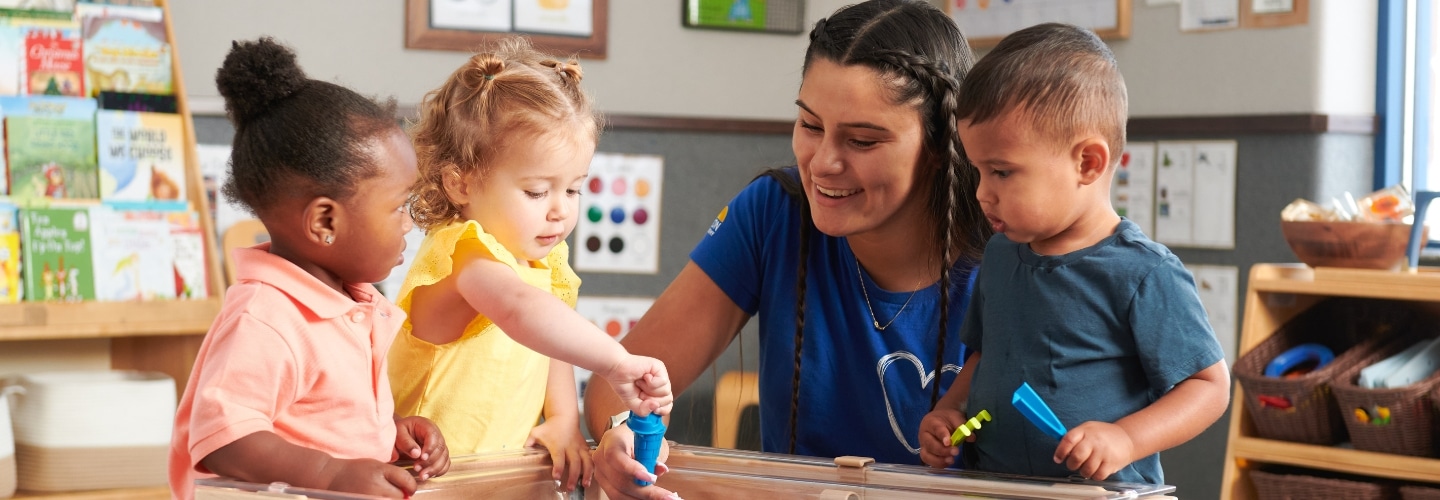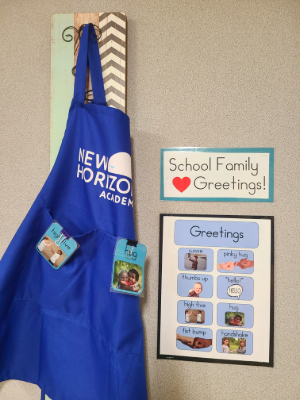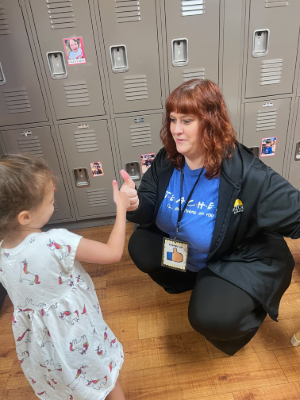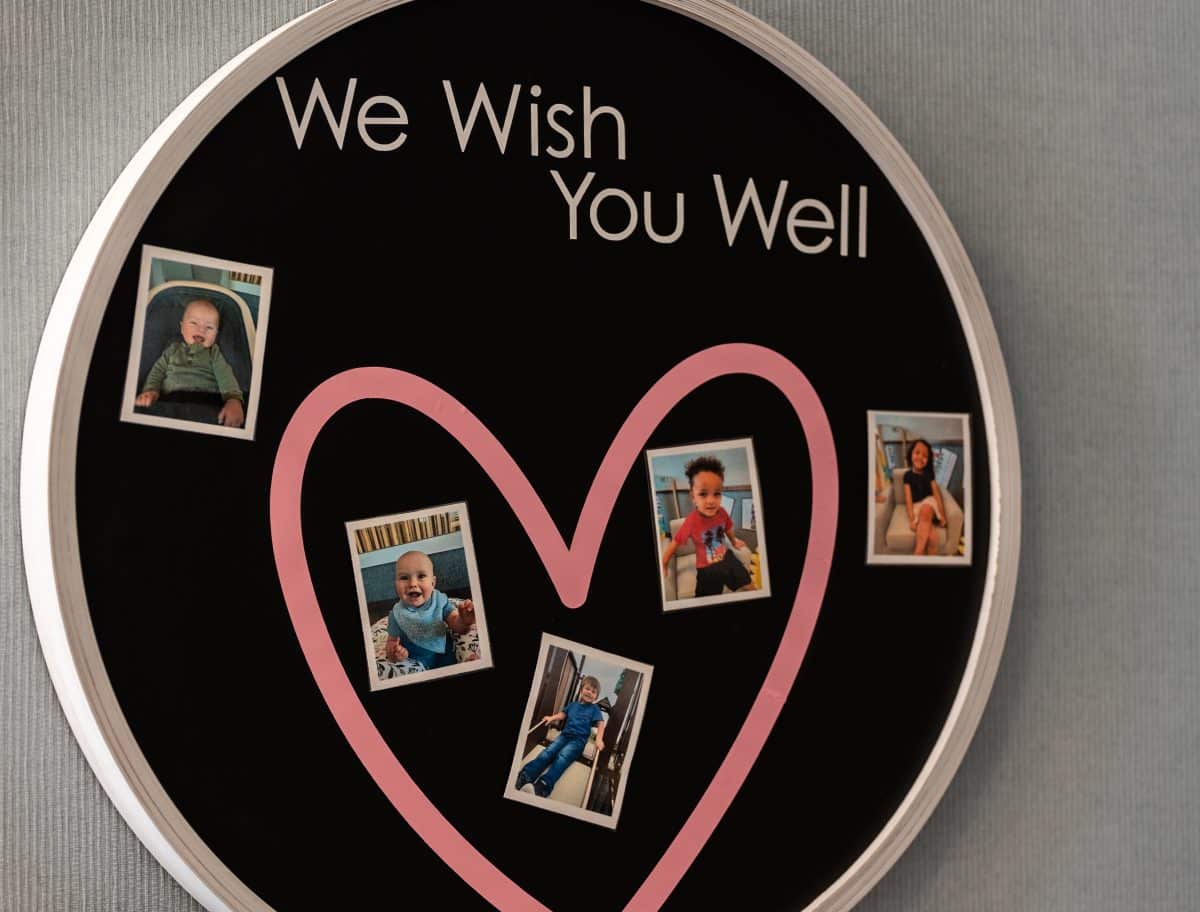

Social emotional learning teaches children the behavioral and social skills they need to thrive in school, careers, relationships, and life. It’s the process that allows humans to understand and manage emotions, create and achieve goals, feel and show empathy, make and maintain relationships, and make responsible decisions.
At New Horizon Academy, we use an award-winning, research-based social emotional learning curriculum called Conscious Discipline.


Despite its name, this comprehensive social emotional learning program has nothing to do with disciplining children. In fact, it’s the exact opposite. Conscious Discipline is a social emotional learning framework that allows adults to model self-discipline in order to help develop it within children. Conscious Discipline is used to help educators and families resolve conflict and enhance brain development in a healthy and effective way.
At the core of Conscious Discipline is the understanding that self-regulation is the foundation for all other learning. It helps us recognize that one’s internal brain state affects external behavior. It also builds classroom and school cultures based on safety and connection, which is referred to as the School Family.
All behavior is essentially a form of communication. For young children, this often shows up as a call for help. Conscious Discipline’s Brain State Model helps us to associate certain behaviors with a child’s corresponding brain state, allowing us to respond to the child’s unique needs. The goal is to help children use regulation skills to move back up to their executive state for optimal learning. Eventually, as children get older, they can recognize when they are in a lower state and be disciplined enough to use their skills to move to a higher state. Hence the name, Conscious Discipline.
Conscious Discipline’s Brain State Model helps us to associate certain behaviors with a child’s corresponding brain state, allowing us to properly respond to the child’s unique needs. The goal is to help children achieve their executive state for optimal learning.
Here are a few of the social emotional learning activities and Conscious Discipline examples we incorporate in our daycare classrooms at New Horizon Academy.
Practicing deep breathing exercises can help calm children when they are in fight or flight mode, or their survival state. A few of our favorite Conscious Discipline breathing exercises include:
Each day, students are given the choice of how they would like to say “hello” to their daycare friends and teachers. The teacher may give options such as a hug, smile, or fist bump.
Children may also be given the opportunity to have a “goodbye” ritual with the adult that drops them off in the morning in a similar way to the greeting ritual.


The Wish Well Ritual is a structure that is used to help children access their composure, or calm energy, and offer it to others who are experiencing upset. While teaching this to young children, we discuss that we wish others well when they are sick, missing school for the day, or even just having a hard moment. We place their picture in a heart as an additional visual for children.

Safe places are social emotional learning areas in the classroom. The designated spaces are an area where children and adults can go to work through the steps of self-regulation. The goal of safe places is to help children regain their sense of safety and connection and return to their executive state for optimal learning.
Children and adults are both present while utilizing the safe place, due to young children’s limited ability to regulate on their own. Adults model how to breathe, help children recognize their feelings, and choose a tool to help calm them further.
Classroom safe places are located away from high-stimulating areas. They may include items such as calming books, pillows, and breathing exercise suggestions to help children relax and self-regulate.
More About Our Programs and Curriculum

Hear from New Horizon Academy’s Conscious Discipline Coordinator, Jessi Grittner, in our Parenting Pickup Podcast. Jessi shares how teachers, parents, and children can utilize Conscious Discipline in their everyday lives to better understand feelings and communicate more effectively.